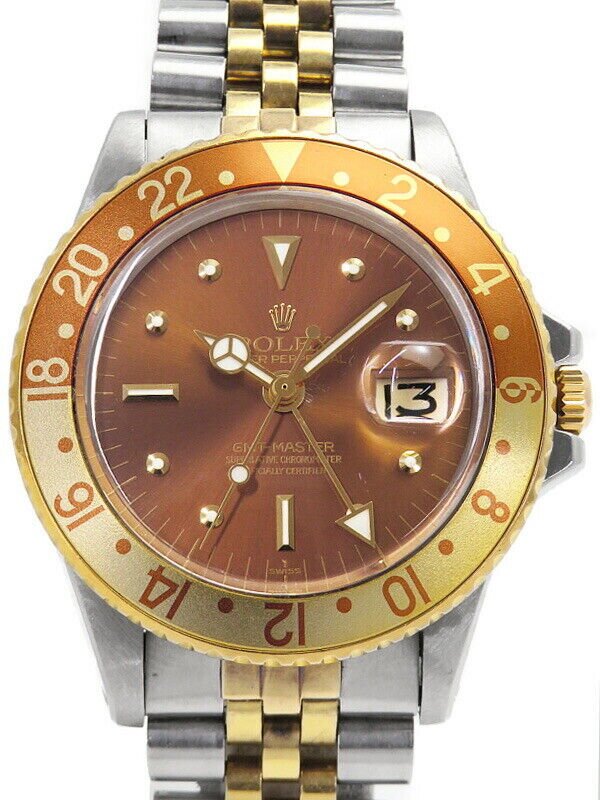Rolex GMT-Master Reference: 1675 – An Icon
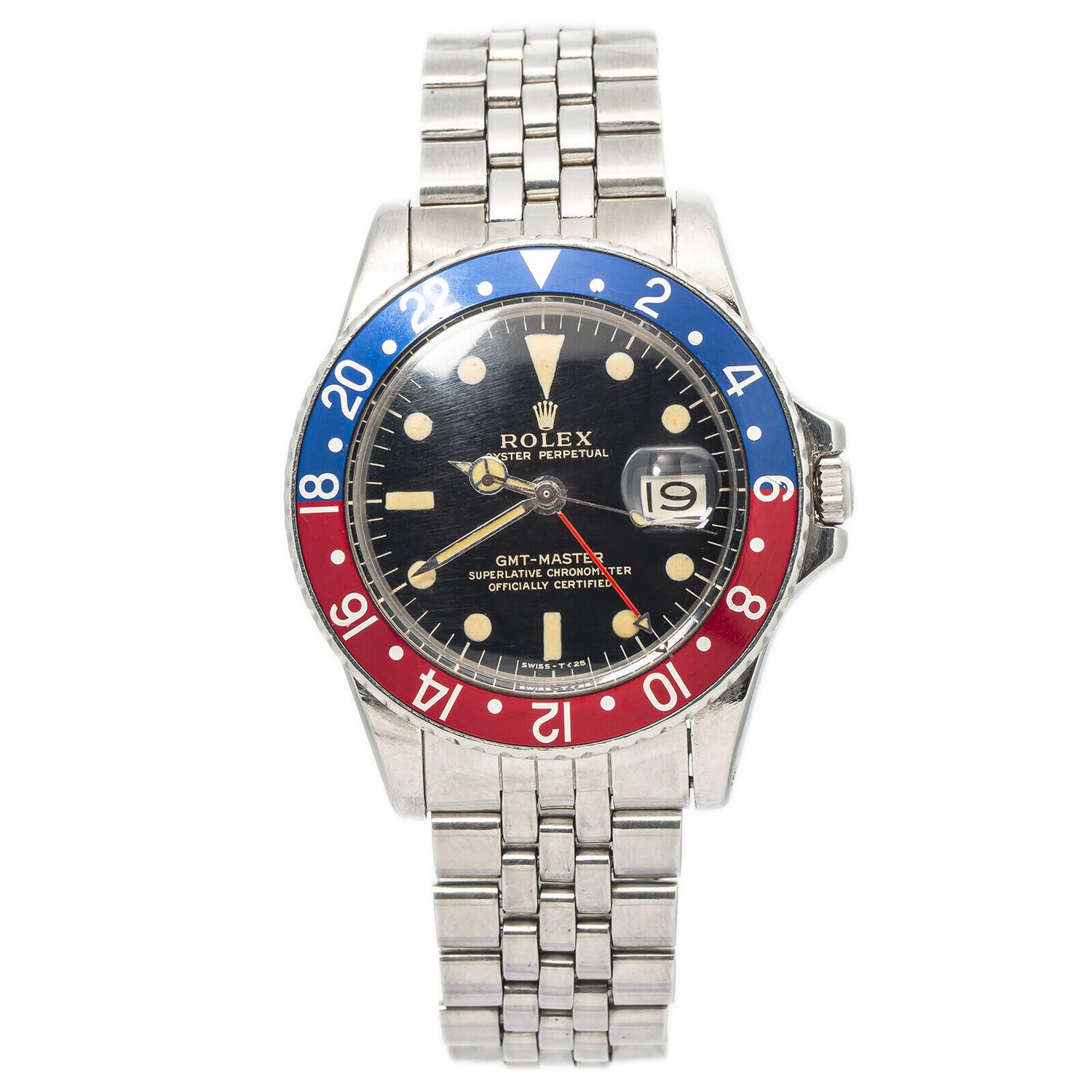
Published: Sep 04, 2023
The Birth of the Pepsi
PanAm commissioned Rolex to create a pilot's watch, a timepiece that led to the GMT-Master. This watch is famously nicknamed "Pepsi" due to its red and blue bezel, resembling the company's color scheme. For a more detailed history, it's worth checking out previous articles. Rolex still offers the GMT-Master in its collection, though now as the GMT-Master II, and it retains the iconic blue-red bezel, available only with a white gold case.

Rolex GMT-Master 1675
The Rolex GMT-Master 1675 is the second version of this iconic watch, following the 6542. Five more iterations have followed, with the model officially becoming the Rolex GMT-Master II from reference 16760 onwards. Despite all being 1675s, they can be divided into two layouts, an aspect we'll explore later.
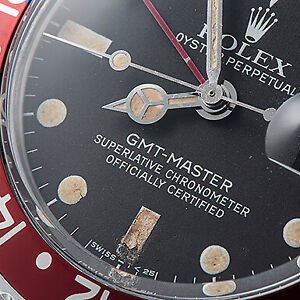
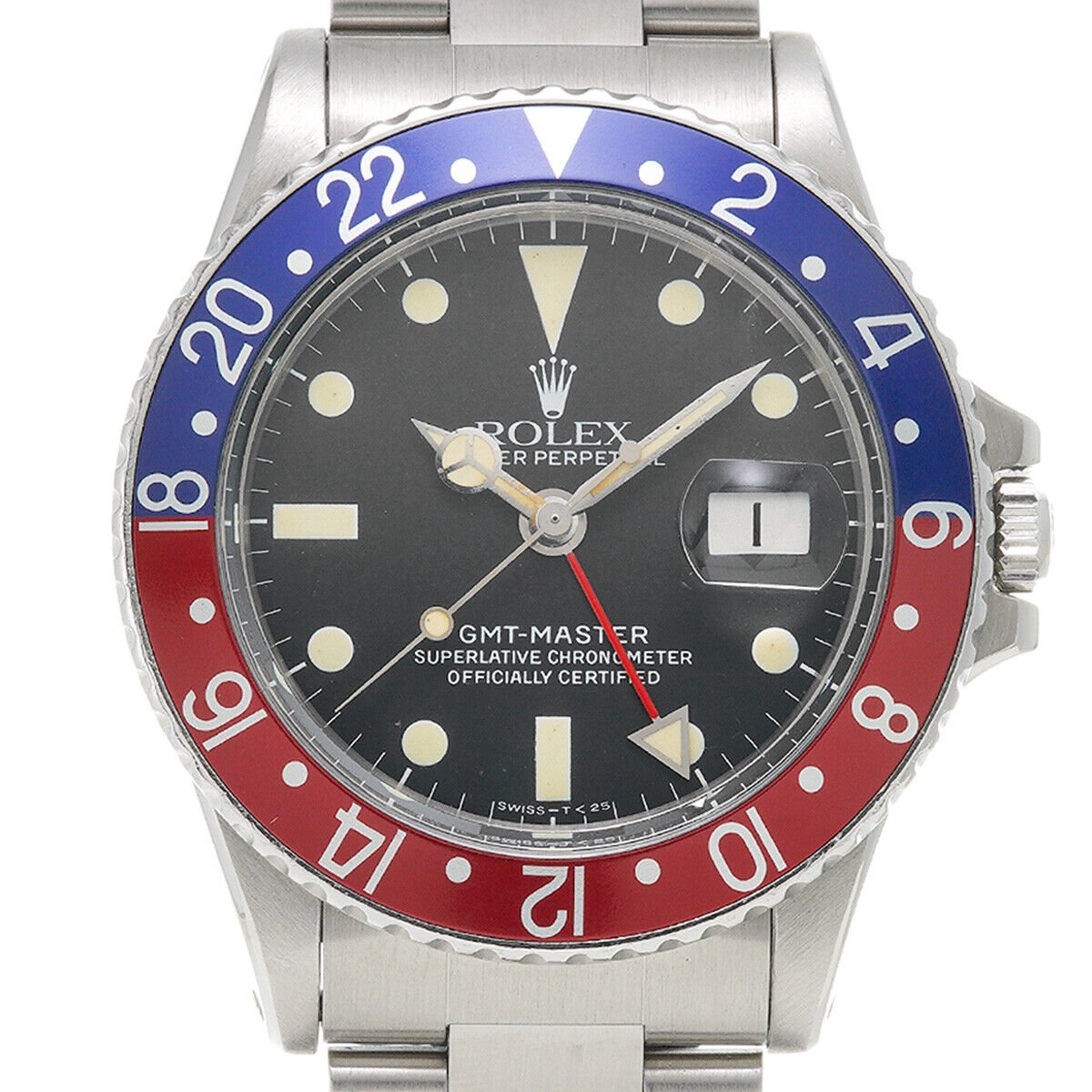
Dimensions and Comfort
Surprisingly, the Rolex GMT-Master 1675 has a relatively small case, measuring 38mm without the crown and crown guard, and 41mm including them. Its thickness is a mere 11mm. However, this watch doesn't feel small when worn. With a 7.5" wrist, it's comfortable and well-sized, showcasing its timeless design.
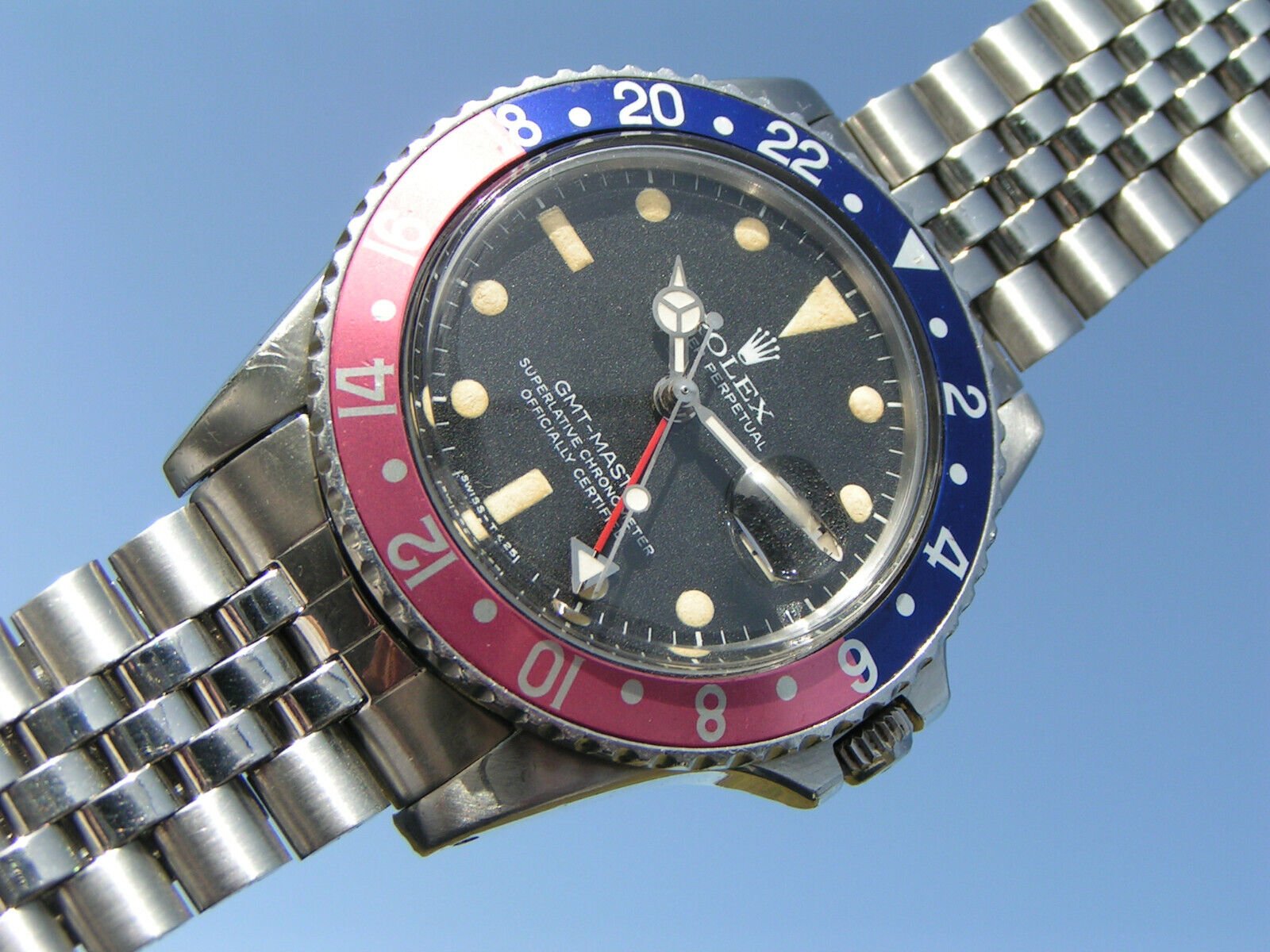
The Evolution of the Crown Guard
The Rolex GMT-Master 1675 was the first model to introduce a crown guard. There's a distinction between early (mid- to late-1960s) and late (mid- to late-1960s to around 1980) 1675s. The early models featured a pointed crown guard, known as "El Cornino" for the guards' horn-like appearance, while the later ones had flat crown guards, like the one on the author's watch.
Dial Variations Galore
Dial designs for the Rolex GMT-Master 1675 are remarkably diverse over its 20-year production span. Two main groups are glossy dials for early versions and matte dials for later ones. There are numerous sub-variations within these groups. For instance, among matte dials alone, there are at least five variants, differing in logo shape, font, index length, and more. The author's watch boasts a Mark I matte dial, historically accurate for a 1967 model.


Dial Features
The dial of the Rolex GMT-Master 1675 includes the Rolex logo, the brand name, and "oyster perpetual" below the 12 o'clock position. At the 6 o'clock marker, you'll find "GMT-Master" with "superlative chronometer officially certified" beneath it. All text is in white, while gilt (or glossy) dials feature gold text. The hour markers are large Tritium-covered indexes, with rectangular ones at 9 and 6 and round ones elsewhere, while the 12 o'clock index is an inverted triangle.
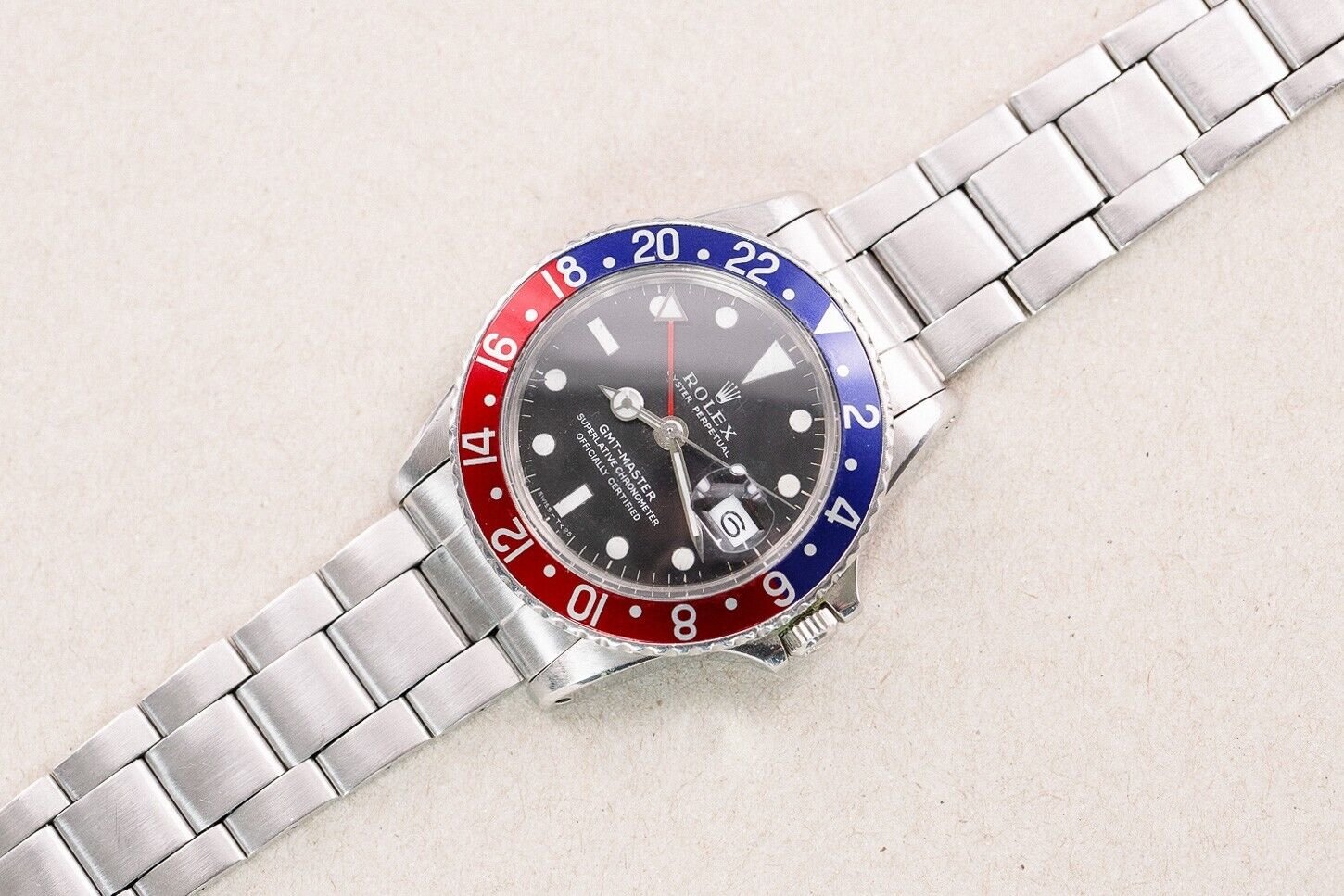
Hand Sets and Date Wheels
The Rolex GMT-Master 1675 featured distinct hand sets. Early models had smaller GMT hands, while later ones, like the author's, had larger triangular ones. The hour hands were "Mercedes" hands, and the second indicators were "lollipop" hands. Date wheels varied, with some having open 6s and 9s, while others had closed ones.
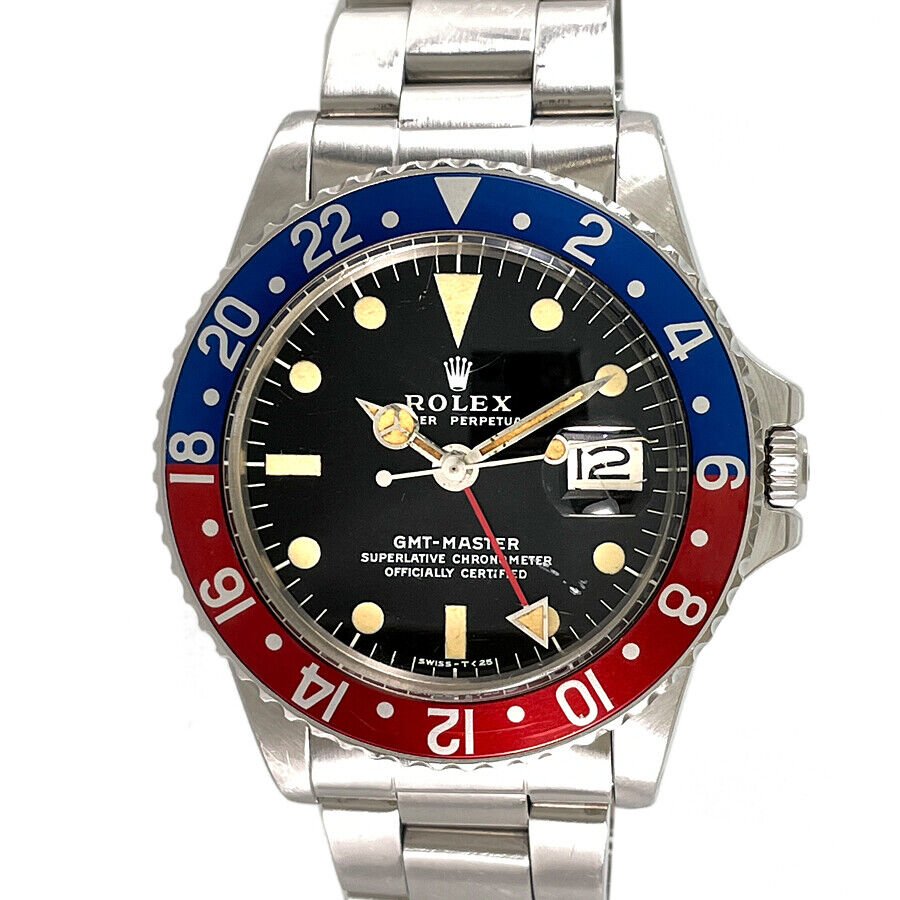

The Heart of the GMT-Master 1675
The Rolex GMT-Master 1675 housed a chronometer-certified automatic movement, either Caliber 1565 or, for later versions like the author's, Caliber 1575. Cal. 1565, with 25 jewels, a 44-hour power reserve, and 18,000 A/h, was in production from 1959 to 1964. In 1965, Rolex introduced Caliber 1575, which remained in use until 1980 when the model changed to reference 16750. Caliber 1575, another chronometer-certified automatic movement, also had 25 jewels but offered a 48-hour power reserve and a higher rate of 19,800 A/h. It featured a sweep second hand, date, GMT function, and, after 1971, a hack feature.
Bracelets and Straps
The Rolex GMT-Master 1675 was released with two types of bracelets: the Jubilee bracelet and the Oyster bracelet. The Jubilee, with its smaller links, added an elegant touch to the watch's aesthetic. The Oyster, synonymous with Rolex sports models, accentuated its sporty side. Leather straps are an option, but this iconic watch deserves a bracelet.
